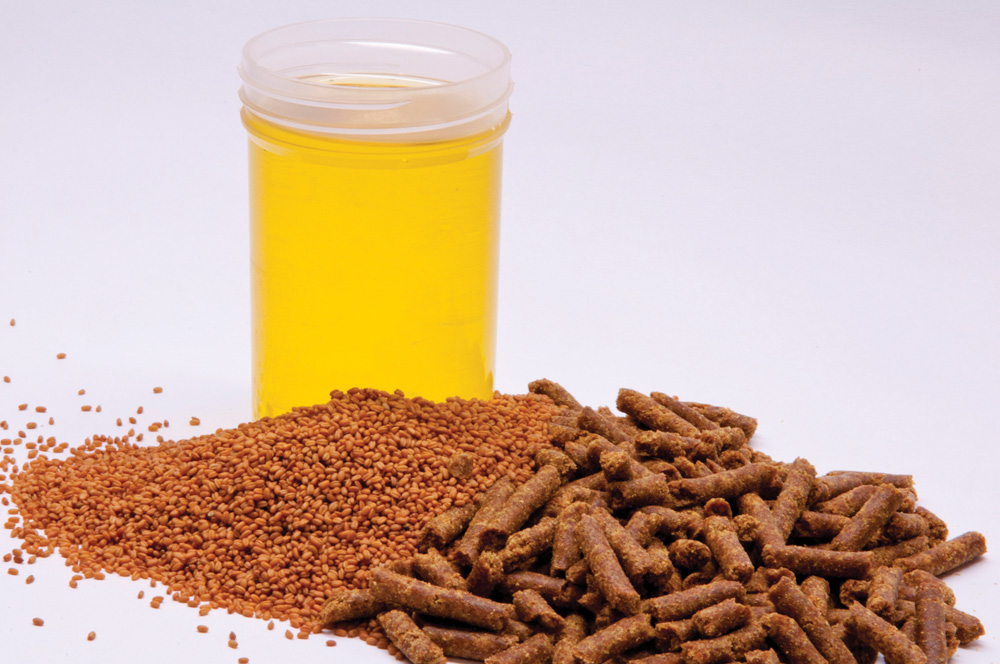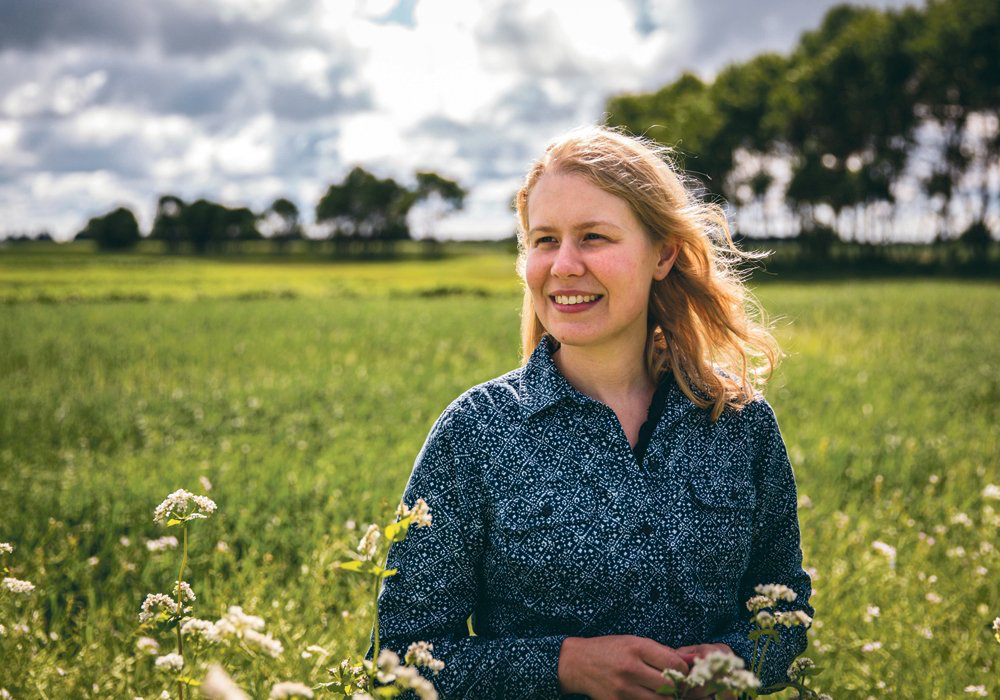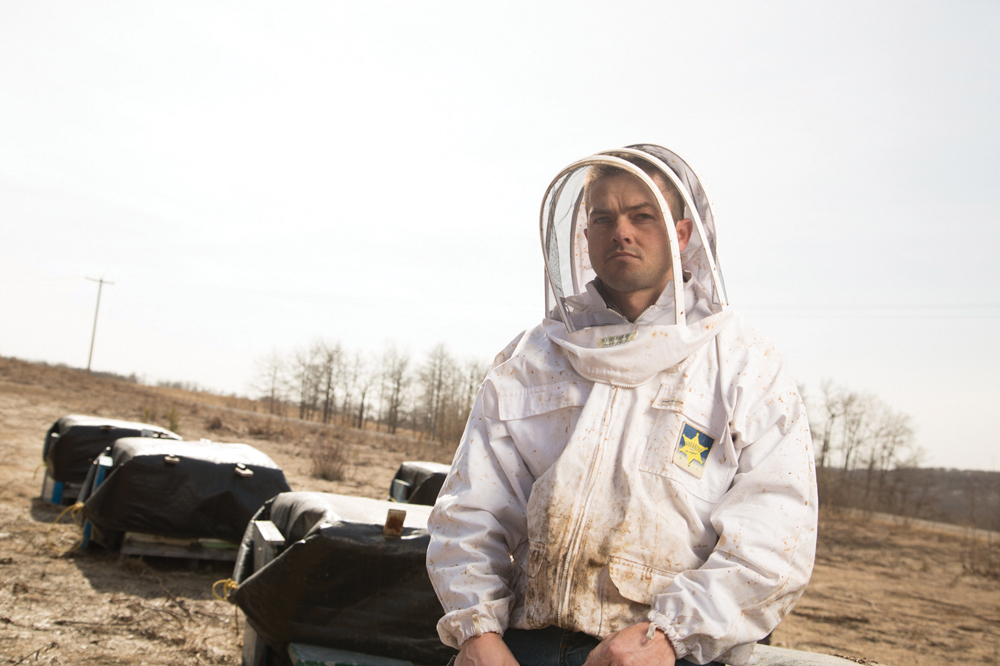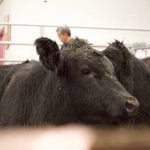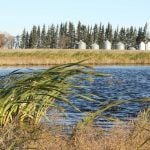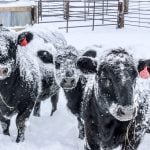Camelina is one step closer to being a feed source for livestock species.
“Camelina is not a perfect feedstuff, but it does have some advantages that could be an opportunity for layers, broilers and eventually turkeys,” provincial research scientist Eduardo Beltranena said at the recent Western Poultry Conference.
The oilseed is a member of the brassica family and has some characteristics similar to mustard and canola. Best suited to the brown or light-brown soils of southeastern Manitoba, southern Saskatchewan, and the southwestern corner of Alberta, it requires less rainfall, matures earlier than canola, and has superior disease and insect resistance. It doesn’t yield as high as canola, but requires less nitrogen, and has high levels of omega-3 fatty acid, linoleic acid and essential fatty acids.
Read Also
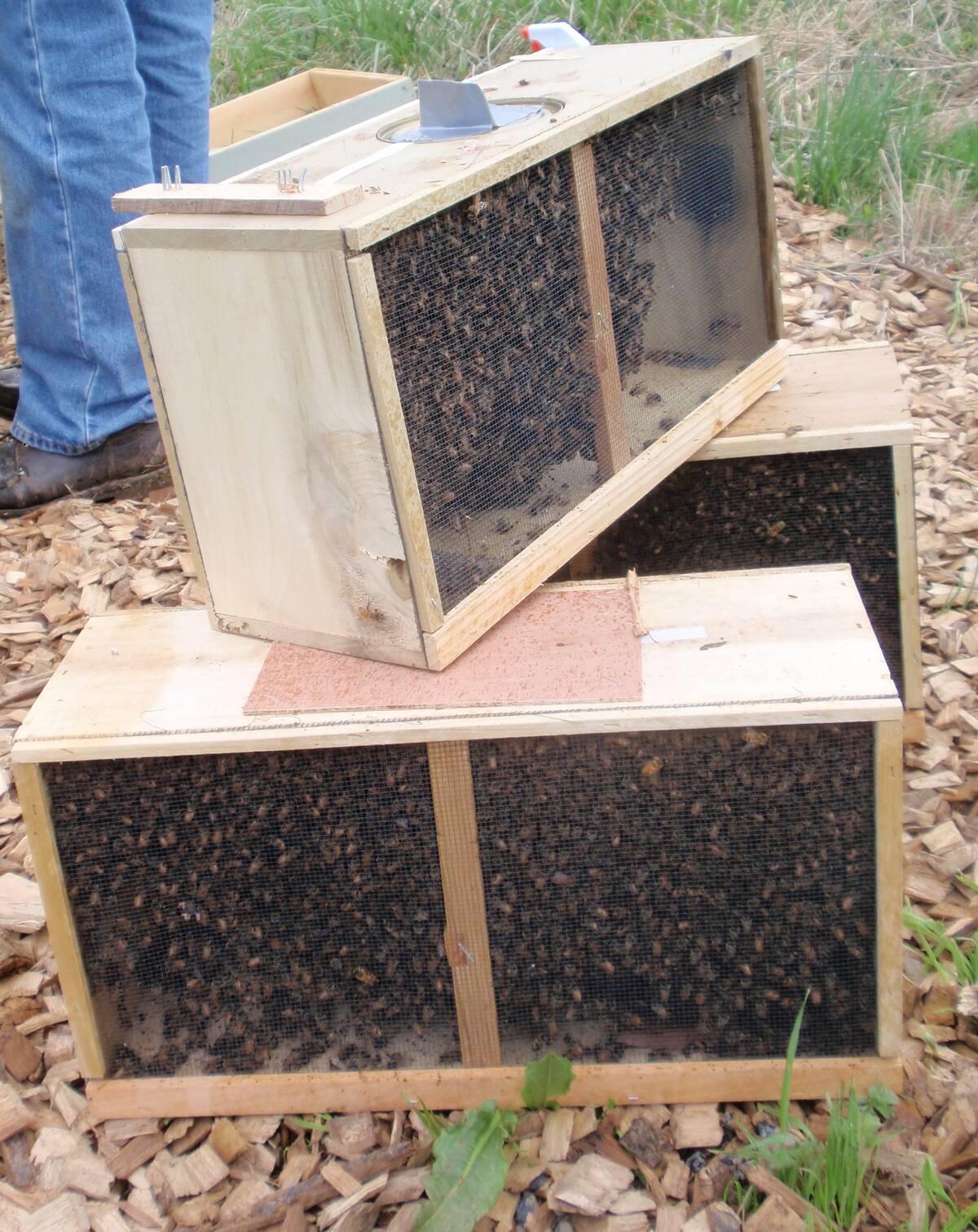
Canadian beekeepers call for regulatory accountability
Beekeepers say the Canadian Food Inspection Agency should restore U.S. packaged bee shipments, claiming the agency isn’t following evidence.
“We see the opportunity not to displace canola, but to add one million to two million acres more of oilseed production (in Western Canada),” said Beltranena.
Camelina seed is one-third oil and finding a use for the remaining meal — known as cake — has been the focus of research by Beltranena and his Alberta Agriculture and Forestry colleague Matt Oryschak over the past four years.
Camelina’s high level of omega-3s makes it an intriguing feed, he said.
“You could reduce some of the vitamin supplementation in feed if you include some of these cakes in the feed,” said Beltranena.
Part of the duo’s research is to show that camelina is safe for animals to consume and will not have any ill effects on humans who consume those animal products — a necessary step for winning approval from the Canadian Food Inspection Agency. The U.S. Food and Drug Administration allows up to 10 per cent camelina meal in feed for cattle, broilers and layers, and two per cent for pigs. Oryschak and Beltranena have submitted paperwork to the CFIA seeking approval for 12 per cent maximums for some poultry.
“We are expecting approval for egg layers this spring,” said Beltranena. “We wanted to come here and tell you that it was approved. Unfortunately, that is not the case, but we are pretty close to that,” said Beltranena.
He anticipates approval for camelina inclusion in the diet of layers will be around 20 per cent.
“Our trials measured high levels of camelina, but this is for CFIA approval,” said Beltranena. “These are not optimal levels. Maximum inclusions are not optimum inclusions. We prefer to see camelina, DDGs, and canola complementing each other.”


